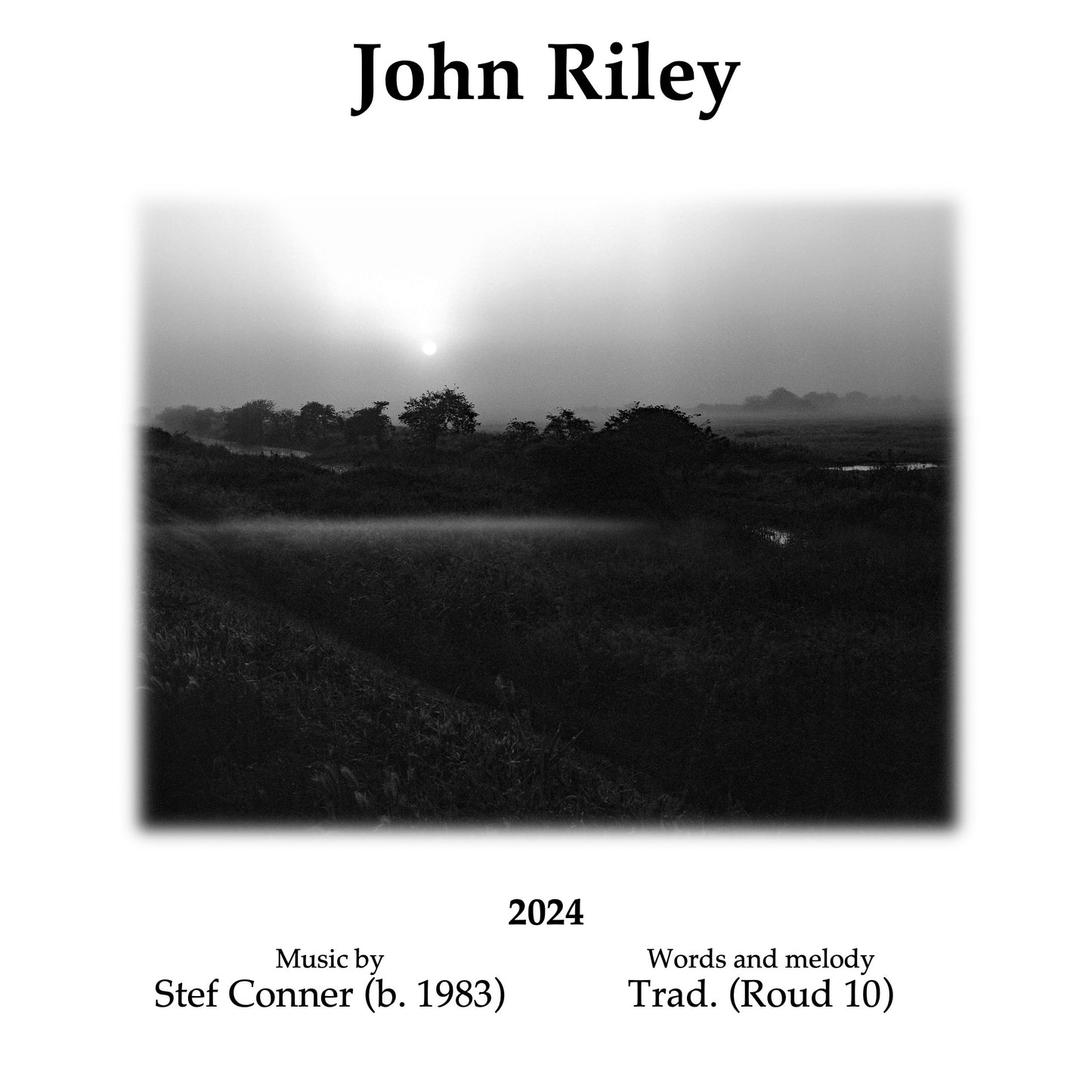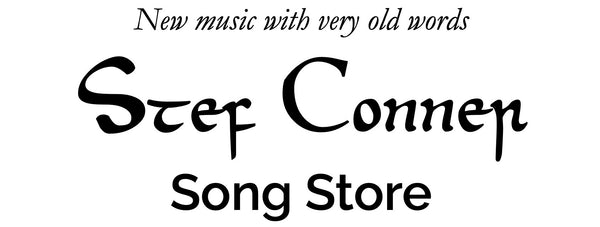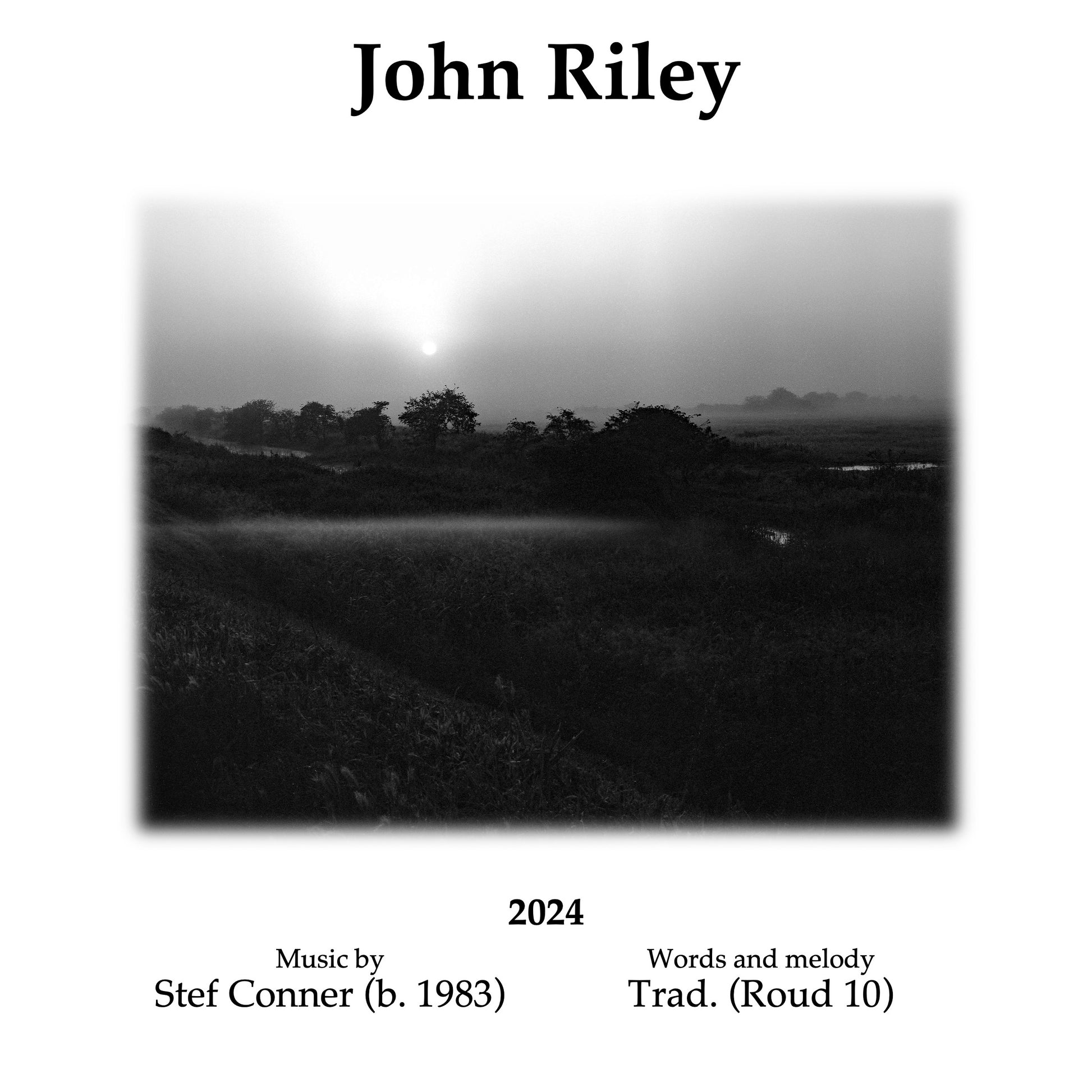John Riley, performance materials + license
John Riley, performance materials + license
Please select the appropriate license from the 'Size of ensemble' dropdown list below. Free perusal scores are also available.
Couldn't load pickup availability
Quick summary
- Forces: SSA
- Duration: c. 3′
- Difficulty: easy
- Text: traditional
- Language: English
- Date of composition: 2024
- Premiere: Cambridge Timeline Choir, 2024
Licenses include the appropriate number of print-outs for the specified ensemble size, and are valid for unlimited performances by the same ensemble. Please choose the appropriate license for your choir size.
Performance materials include two copies of the full score – one with and one without a piano reduction.
Detailed info
This energetic yet dark piece is based on an Ely variant of the ballad more commonly known as Lord Randall or Henry my Son (Roud 10), in which a young man recounts his comings and goings to his mother, all the while complaining of being ill, until it becomes apparent that he has been poisoned by eating stewed eels, prepared for his own true love! And his mother's reaction? To ask what he will leave to his parents in his will! After promising his house, lands, watch, and money to his parents, his mother asks what he will leave to his true love, and "a rope to hang her" is the dramatic answer!
Like Grimm's Fairytales, this ancient story conveys its rather brutal narrative through simple, game-like ballad form, with a lively and beautiful melody.
Stef's straightforward three-part setting, for upper voices, is designed to be learnt easily by ear, although it is also suitable for score-reading choirs. It harnesses the natural learnability of ballad form to enable an efficient, fun learning process, with minimal note bashing, and plenty of unison singing. It is a fast piece to memorise, because of its repeated refrains, parallelism, and singable lines. The main melody is not consistently sung by one part, but distributed between all three, so that every part may enjoy singing melodic material.
Share


